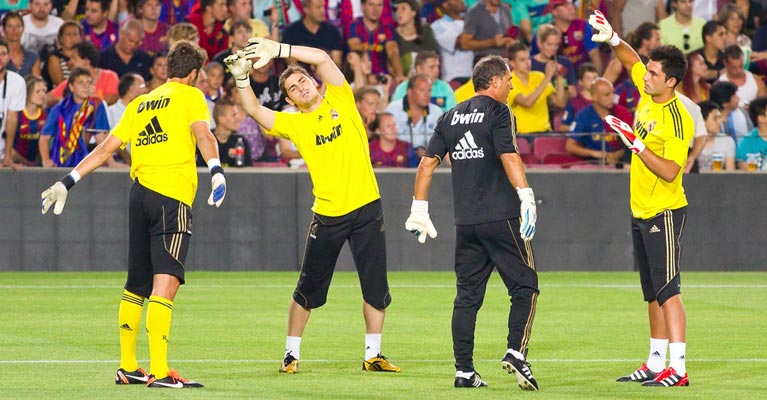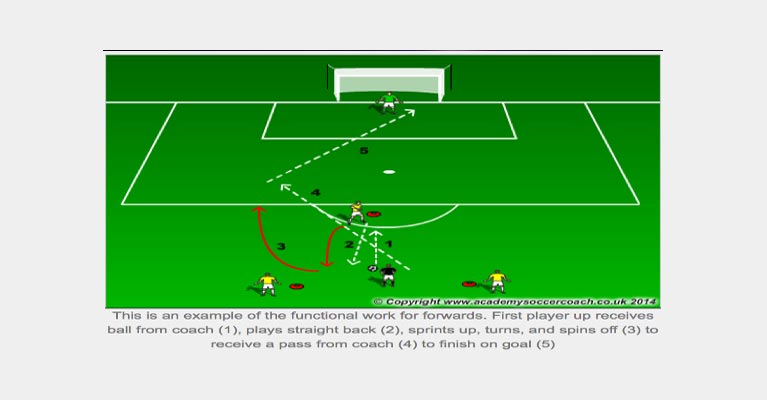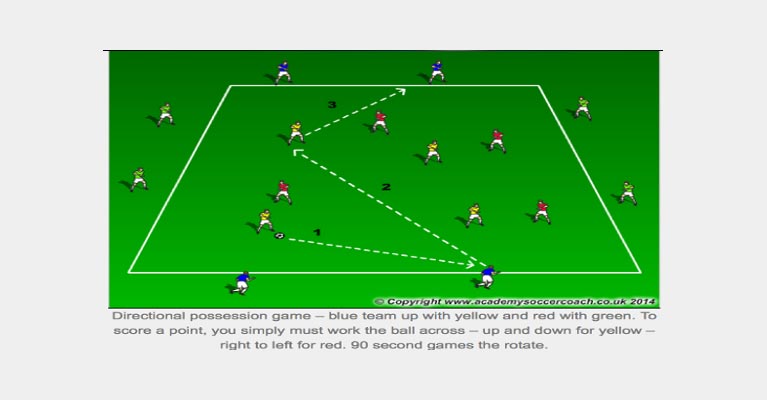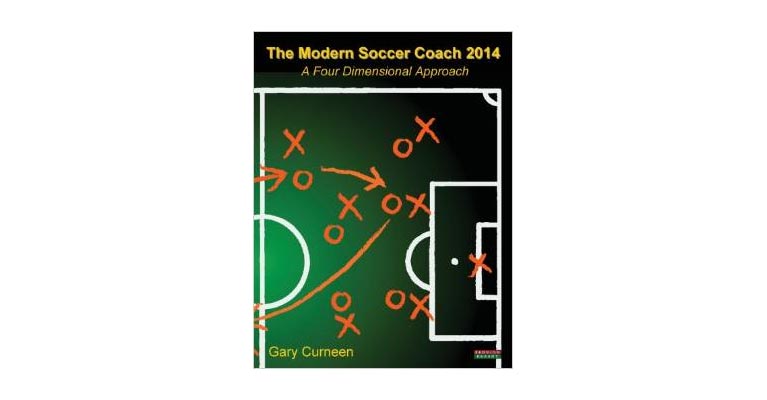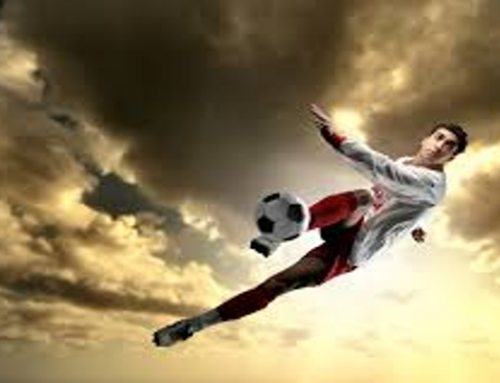Whenever I (Dan) work with a client one of the areas of the game I’m constantly talking to them about is the warm up. What you think and do before the game bears greatly on what happens during the game. In this article coach Gary Curneen gives us his thoughts on the pre-match warm up.
It’s probably one of the biggest fears for every coach: Your team are not mentally and physically ready when the whistle blows. Of course, the preparation has taken place all week, sometimes even longer, but you do not want to leave any stone unturned one hour before kick off.
We all want to give our team the best opportunity to go out and perform. Who needs what? What time do we all go out? These are just a couple of the kind of questions that we face and important decisions to make.
I have witnessed a variety of warm-ups in my time coaching. I’ve seen the fiercely competitive ones that resemble a full-blown training session, and also the laid-back, two static stretches, one quick jog, and they are ready to go. There are different ways to get your team ready and as always with this game, there is no correct answer.
The Basics
My assistant coaches, Clifton Bush and Christian Johnson take the majority of our warm-up at CSUB. Initially, Clifton works with the outfield players while CJ focuses on the goalkeepers. Towards the end of the session, they both come together.
We typically start our warm-up when there is 40.00 minutes on the clock and leave the field with 10.00 minutes left – that gives us 30.00 minutes to work. The goal of our pregame warm-up is to gradually increase our intensity levels towards high-intensity, game specific movements, decision-making, and execution. We want to make sure our pre-game routine suits our style, culture, and, most importantly, our players.
We split our warm-up into three themes: Tactical, functional, energy.
At the beginning of the warm-up (45 mins before kick off) we spend ten minutes doing dynamic stretching. It is the same one we do every day before practice starts so it has become a routine and a way for everyone to get ‘switched on’ and ready to go.
The role of Clifton here is to reinforce basic technique, but also to get the players relaxed and ready to go. There is no point in being pumped up at this stage of the warm-up so we like to see smiles and positive energy that we can take forward into the game. Music is a big help to create that relaxed atmosphere when the warm-up begins!
Tactical
We use the possession aspect of our warm-up to reinforce habits that we are looking to strengthen tactically. I cannot share too much information on this during our season obviously, but we have identified 3 key principles in our system and the exercise is centered on those.
The games are short and sharp to allow players to work at a high intensity for 90 seconds and then recover for the same amount of time. During their recovery, they can do whatever their body needs. The directionality of the game puts the emphasis on body shape, positioning, and pressing, rather than simply keeping possession.
Functional
This is the execution element of our warm-up. There will be different demands on every player in the upcoming 90 minutes so it is important that each player has an individual program to follow.
Mentally, this is also a little confidence builder and a positive way to finish the warm-up as players are literally practicing what they are very good at.
Defenders work on key relationships and distribution, midfielders on range of passing, and attacking players on getting into areas and producing. All work from here on in is about what the team will need you to do when the whistle blows.
For forwards we tend to stay away from the traditional pass-set-shoot exercise from 20 yards as we find our forwards do not typically find themselves in these situations during a game. Below you can see what we ask them to do – play with their back to goal, spin off, attack space, and shoot early. We also progress this exercise with a cross and finish towards the end.
Energy
No matter how good the game plan is, if the players are tired and lethargic it will never work. Therefore, tapering energy in the warm-up leading into a game correlates highly with starting the game on the front foot.
As coaches, we play a huge part in the warm up, but, for the most part we do not look to bombard players with information or stop/start any of the exercises. Coaching is not the goal for the warm-up. You want players starting the game with confidence and energy, so addressing issues in their game right before competition can be problematic.
Because of this, as a Head Coach, my role in the warm-up has changed throughout the years. I used to be actively involved, constantly driving little reminders into the players, making sure they were focusing on getting ready for the game. Now, however, I tend to take a step back and almost stay out of the players’ way.
Anxiety and nerves are two of the biggest energy killers right before a game, so I am careful not to contribute in this way. Although we keep our warm-up on a timed schedule, we allow players a couple of minutes here and there to do what they need to do. Some may need additional stretching, others may need a drink, but we are careful not to pressure the players constantly with times and restarts.
Although warm-ups may change in different levels and countries, I do believe that two factors should never be compromised – it should always be about the players and a high level of professionalism should be standard practice. I want our players feeling ten feet tall when they are preparing to go into battle.
Little things send big messages – cones, grids, inflated balls, all in perfect order. It may not affect your performance but it should make the players feel special.
Of course, there is no correct session plan but if your players feel valued, energized, confident, and are comfortable in the environment, you surely give yourself every chance to start the game well. And if you don’t, you can always blame your assistant coaches!
Image Credit: Natursports / Shutterstock.com
“The Modern Soccer Coach: A Four Dimensional Approach” is available on Amazon, with more details about the book here.

